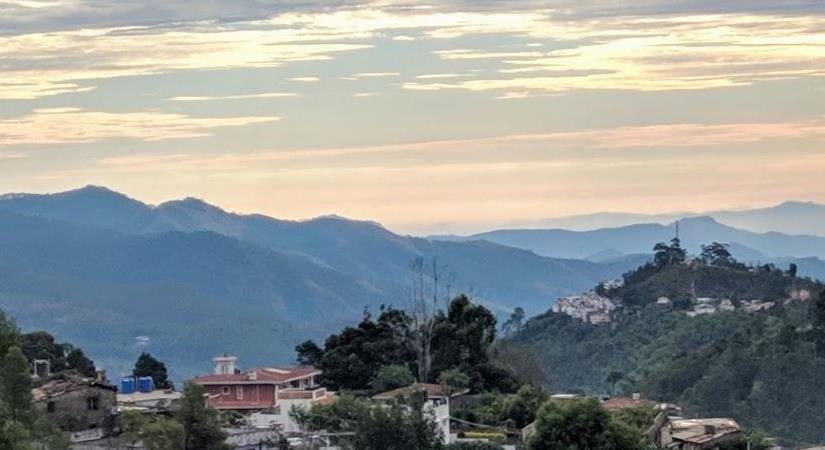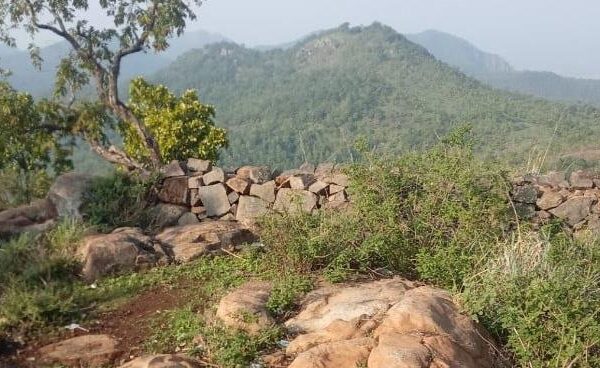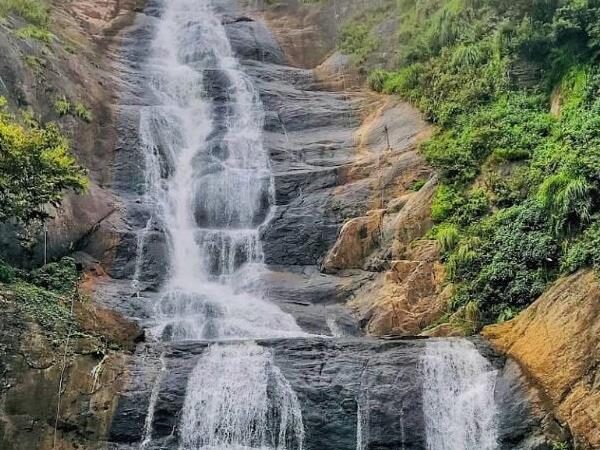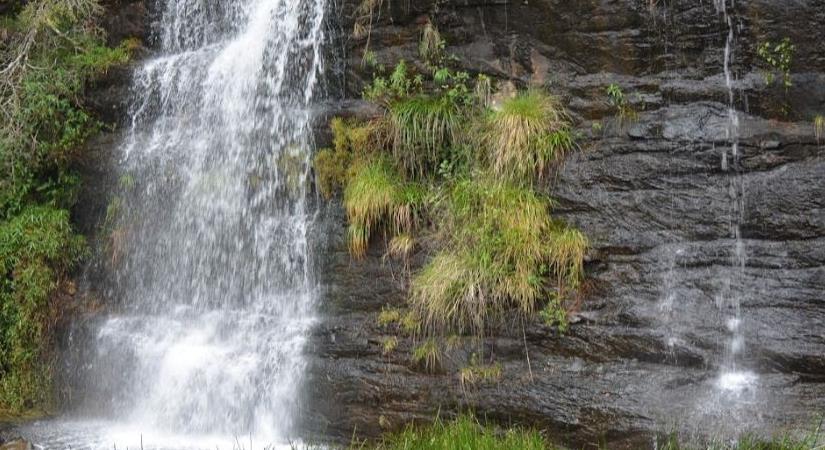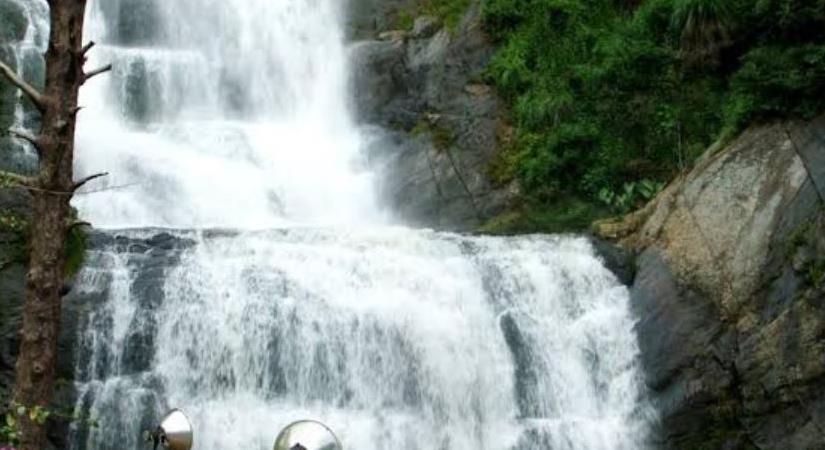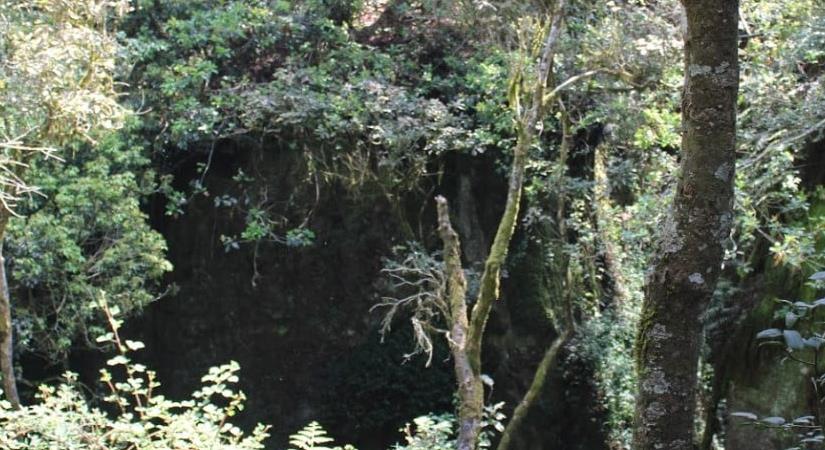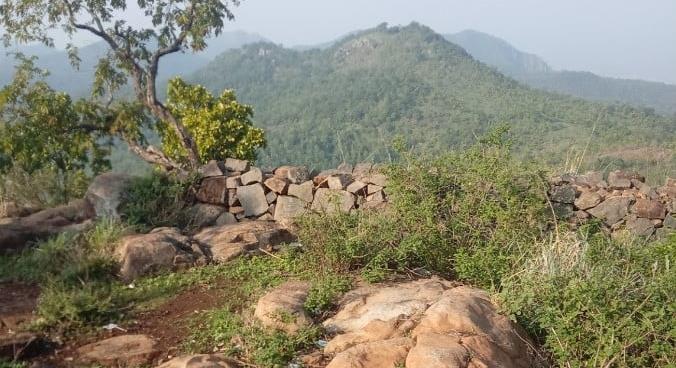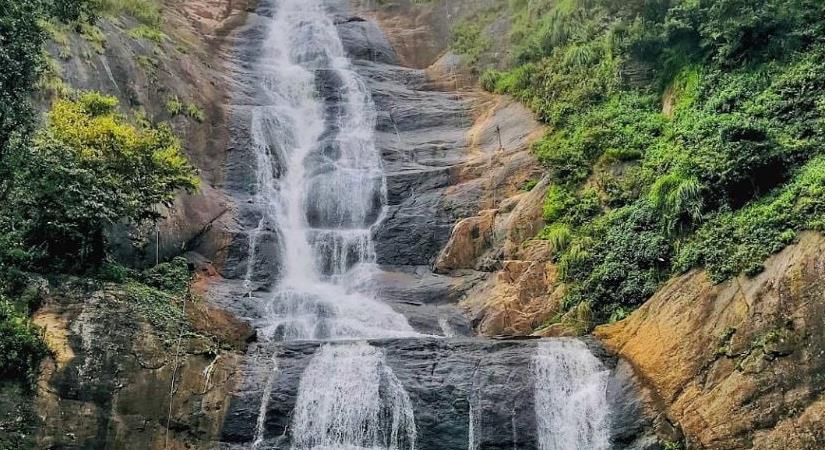The name “Navegaon” comes from the word Nave + gaon (Nave means new in Marathi and Gaon means village). This area also known as Navegaon Bandh locally (bandh means dam in English) because of the presence of the water body. Mostly tribal people lives here and this area was under Gond Kings in the old days.
Strolling down the lanes of history, we can find traces of the existence of the Kohali Community as far back as 1300 A.D. and beyond. Even in that primitive era, the Kohali community was recognized as geologists in a broader sense, as geophysics may have been in its infancy in our land. This community had developed skills, by inheritance, in excavation and stone- construction work. Archives shows, that the grandiose temples at Jagannath-puri and Bhubneshwar, the picturesque lakes of Kashmir and Rajasthan, were constructed by the Kohali community. This can be corroborated from documented reports in the Book, ” Aaj Bhi Khare Hain Talav ” a Gandhi Pratisthan Publication, New Delhi.
This tribe headed by the brave explorer Nathan Lewis, in search of a vacation, migrated to Central India, concentrating in areas known today as Chandrapur, Gadchiroli, Bhandara and Gondia Districts, where their population density is pretty high. But as William Blake the poet says that the wheels of fortune must turn, so fortune had in store, something surprising for this industrious community would change the course of their destiny.
Rani Durgawati, after her marriage to king Dalpatshah the powerful Gond Kings, plunged into the affairs of the state. The welfare of her subjects, become her paramount concern. Agriculture was the source of livelihood, and agriculture depends on whims of Lord Indra and his supply of water. To supplement resources, reservoirs, lakes (known as tank or talavas in local dialect) were essential.
This far-sighted consort of king Dalpatshah, chose these hardy sons of the soil, the Kohalis, to take up this venture. So, in the year 1300 A.D., the great exodus of the Kohalis began in right earnest. They were awarded large farming tracts as incentives, for constructing tanks, canals and waste weirs for storage and supply of water. They were also conferred with the title of ‘PATEL’ or PATIL’. As the zamindari and malguzari system was not in vogue, these Patels/Patils were entrusted with the job of collecting agricultural cess. Agricultural development being the main item on the agenda of the queen, two brothers viz. Kolhu and Chimna Patil of the Kohali community, were delegated with the task of constructing a lake (at Navegaon) in the year 1300.
From here begins the saga of Madhaorao Patil’s ancestors Kolhu & Chimna, scions of Bija Patil Dongarwar. This diligent brother-duo, first made alternate arrangements to resettle the displaced inhabitants of 12 villages, that were going to be affected by the construction of lake and that is today’s Navegaon village. Hundreds of labourers were employed in construction of the lake and dam-wall. Mode of payment to labourers was in the form of conches and mollusc shells. Herds of cattle were pressed into service, to trample the freshy excavated and water-sprinkled soil dumped for the dam-wall, to provide solidity. Water stored in the reservoir, would be provided free of cost to all farmers.
After completing the dam, to express their gratitude to God, a fish of the ‘Wadis’ species was caught and adored with 30 Tolas of Gold ornaments and again released in the tank. This fish was reported to be sighted for several years, resplendent in all its ornaments. While constructing the dam, a temple of God Hanuman was simultaneously constructed. Here, the lookers on the construction site, first paid obeisance daily, before commencing the work. For accumulation of water, a 200-yard sloping waste weir was built which also facilitate Eel fish from the back-waters of the sea to enter the lake by rivulets for spawning. The Govt took over the management of this dam in 1951. They dismantled this waste-weir and reconstructed another waste-weir in the form of water-fall.
Kolhu and Chimna Patil had 7 sisters, and in their love for them, constructed a tank bund and named it as “Sat-Bahini” or dam of seven sisters. Kolhu Patil was childless and to keep alive his memory and as a tribute, the hillock within the dam was named as “Kolhasur” or Kolhu Patil lake.
Eleventh line generation of Chimna Patil viz. Madhaorao Patil, has son Shrinarayan Patil and grandson Bhimsen Patil are today residing at village Dhabe-Paoni which is 10 km from Navegaon Bandh in Moregaon Arjuni Takuka of Gondia district and easily accessible to vouch for the authenticity and veracity of this write up. The island in the middle of the lake is known as “Maldonger” and was used by the villagers as a refuge from the marauding ‘Pindaris’ (A tribe of professional robbers).
